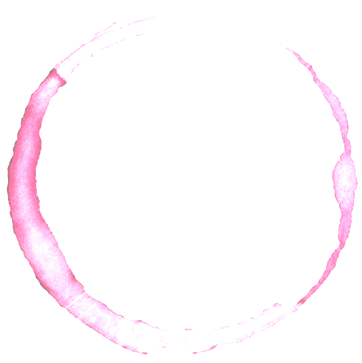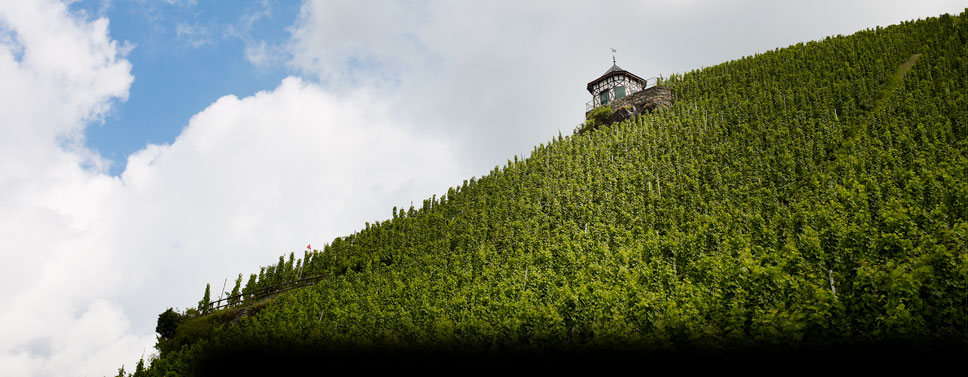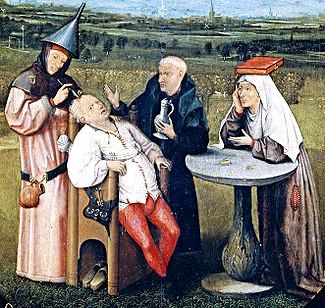
< Previous / Next >
 |
Article Index < Previous / Next > |

The Riesling Doctor
- As written by T.Philp and
published in the summer 2012 edition of the King Tapestry

Riesling is the ‘other’ white grape; it has been for
centuries and likely always will be. Cut from a different cloth than
the white knight of
Riesling is successfully grown throughout the world, but
unlike many of the warmer climate varieties, these vines excel in cooler
growing regions. The banks of the Mosel in
Before I introduce the wine, let’s discuss a few
theoretical points; for greatness usually comes at the expense of
simplicity:
German QmP (Qualitätswein mit Prädikat) standards dictate the classification of the wine based on the natural sugar content (brix level) of the grapes at harvest. Logically, the longer the grapes are allowed to ripen, the higher the brix level. At this level, chaptalization (the addition of sugar) is not allowed and the resultant wines can range from bone dry to the ultra-sweet nectar of the Gods known as Beerenauslese.

Listed below by increasing levels of brix are the various grades of German QmP wine:
Kabinett ¦ Spatlese ¦ Auslese ¦
Beerenauslese ¦ Trockenbeerenauslese
* It is important to note that higher brix does not
necessarily dictate a sweeter wine. The first three levels of the QmP,
if allowed, will ferment until fully dry. Ascending through the levels,
German Riesling becomes richer in both flavour and intensity.
The Legend of the Doctor vineyard
Just as
The entire Doctor vineyard measures only 8.1 acres in
total and is comprised of century old vines that existed before the
devastating phylloxeria louse decimated nearly every grape vine in
‘The Doktor’ has stained my mind on a few occasions now,
at various levels of the QmP, and most recently via a bottle of '09 Kabinett.
2009 Dr. H. Thanisch - Erben Müller-Burggraef,
Berncasteler Doctor, Riesling Kabinett
If you thought the name was a mouthful, you really ought
to try the wine. The deep yellow colour might cause one to mistake
this for a much older bottle. Aromas of peach leap from the glass to
reveal notes of spiced honey, apricot, and hints of almond extract – Initial
impressions have me questioning the Kabinett (first harvest) status – and
tasted blind I would likely label this a Spatlese wine; evidently all
Kabinett is not created equal. Incidentally, the origin of the term kabinett
dates back to when German winemakers held on to a few of their best bottle
for personal consumption. These prized bottles were stored in the
winemakers own ‘cabinet’. On the palate, this wine redefines the
definition of balance. Nothing is out of place: sweetness, acidity,
and body all resonate in luxurious harmony with no one note projecting its
tone above the others. Sensations of ripe red apple, juicy
A wine like this will change the way you view the
| return to the Article Index | ||
Tyler Philp is a member of the Wine Writers' Circle of Canada Please direct inquires for writing services to: info@tylerphilp.com |
||
| Copyright © 2013 Tyler Philp
prior permission required for duplication of material |
||